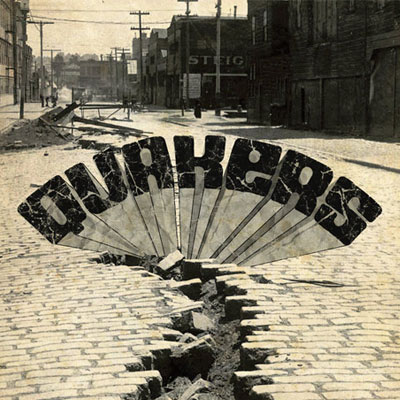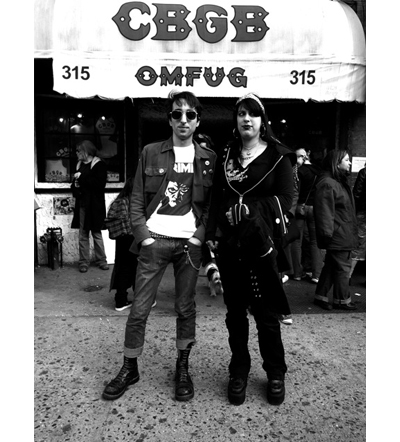
![]()
Strap on your bleep bloops and fire up your bloop bleeps because the O.G. electro-pioneers known as Kraftwerk are playing at New York’s Museum of Modern Art every single day for the entirety of this week, Tuesday to Tuesday. The legendary German outfit will be performing Kraftwerk – Retrospective 1 2 3 4 5 6 7 8, a sonic and visual exhibit of almost their entire catalog: one album at a time, one night at a time in the Donald B. and Catherine C. Marron Atrium.
When they first came about in 1970, Kraftwerk was like nothing else on the radar. Their futuristic tunes incorporated vocoders and computer speech software, a far cry from the traditional guitar wielding troubadours of the time. Their practically prophetic ability to channel a world steeped in technology and expressed largely via keystrokes and split wires make them one of the most influential bands, ever. Today, their impact is felt in almost every genre, from auto-tuned love letters to Kim Kardashian by Kanye West to the always lovely bedroom dreampoppers Beach House to Kathleen Hanna’s multimedia electroclash outfit Le Tigre to sweeping synth warrior M83. In 2012, we are all the robots that Kraftwerk predicted four decades ago.




 Facebook
Facebook Permalink
Permalink Digg
Digg Reddit
Reddit LinkedIn
LinkedIn StumbleUpon
StumbleUpon Tumblr
Tumblr











